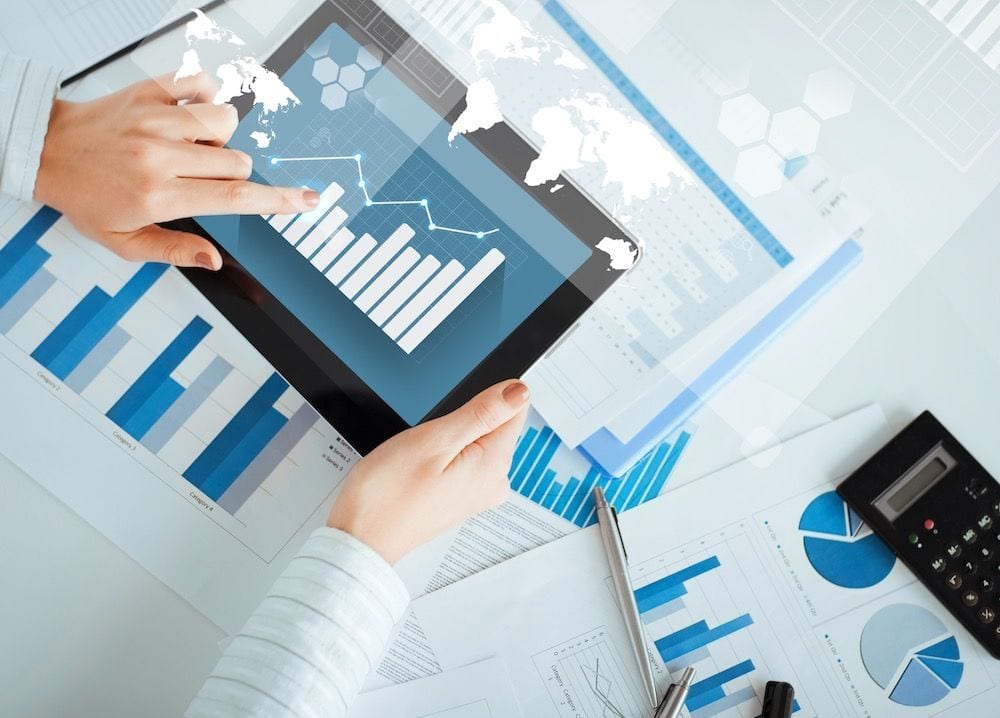
There’s no shortage of software out there to support facility managers as they seek to maximize the potential of the workplace. IWMS and CAFM platforms come to mind first, because they offer the broadest level of support. But even these systems aren’t a silver bullet for optimizing workspaces and floor plans—they merely aid in putting ideas into motion. Today, the most powerful insights come from a digital twin for space optimization.
Digital twins offer an abundance of context for workplace data. Rather than coordinating a floor plan based solely on space or occupancy, digital twins provide facility managers with dynamic data about the space. Sure, the room capacity is 40 people, but did you know that seat sensor data shows the average occupancy rate at just 25 people? It’s these kinds of insights that make digital twin technology instrumental in optimizing workspace design, layout, and function.
Here’s a look at why digital twins are becoming an integral part of workplace planning and how they optimize the efforts of facility managers.
Digital twins add contextual data
Digital twins are as dynamic as the physical spaces and assets they represent. This opens up a whole new segment of contextual information for facility managers. For example, floor sensors in conference rooms can add context to room reservation metrics provided by your booking system:
Booking data shows Conference Room 402 at a utilization rate of 60%, with an average room reservation time of one hour. While this is great information, it’s static. Floor sensor data aggregated by the digital twin might show that, despite an average one-hour booking time, employees typically only remain in the room for 45 minutes. There’s a period of roughly 15 minutes of dead space, when the room shows occupied but there’s no one in it. The real utilization rate is closer to 45%.
In this example, context from the digital twin can help the facility manager optimize the room booking process. Instead of 30-minute booking increments, employees can now book in 15-minute increments. The expectation is that utilization will rise.
How to turn IoT data into action
There’s an abundance of smart sensors in workplaces today. Many of them are always-on, constantly streaming data. A digital twin is instrumental in harnessing and aggregating this data, to make it actionable. This is especially important as the network of devices grows and becomes more robust. Consider the impact of IoT automation through a digital twin:
Conference Room 402 has A/V capabilities, which make it the de-facto space for presentations. Employees often complain about not being able to reserve the room because it’s in such high demand. Floor sensor data puts occupancy at roughly 80% each day. However, the light sensor only registers 50%, which means only half of occupants turn off the lights to present. The facility manager adds a question to the room reservation system: “Do you need to present anything?” If the answer is no, the booking system excludes Conference Room 402, to leave it more accessible to those who need A/V capabilities.
In this example, IoT data comes together to paint an even broader picture of space utilization. It allows facility managers to intervene in a tactful way, instead of jumping to conclusions—such as investing in additional expensive A/V equipment.
Space optimization with digital twin technology
Space optimization is the key to getting more out of leased space. With digital twins to provide context for data points, it becomes possible to optimize in strategic ways, with the goal of enabling better interaction with space. Based on digital twin data, FMs might choose to:
- Expand or consolidate the total amount of office space
- Adopt a new desking arrangement or booking system
- Grant or restrict access to certain spaces by certain groups
- Change the floor plan for a particular space
It all comes down to what the data shows and the context a digital twin provides. In many cases, there’s no one-size-fits-all solution to improving space utilization. The benefit of a digital twin is that facility managers can sandbox their ideas to see what works, what doesn’t, and what the best outcome is for optimizing space.
Digital twins can support IWMS, CAFM
At this point, every facility manager needs to use cloud-based space planning software to orchestrate their workplace—the benefits are too great not to. But we’re moving into a new digital age where digital twins can provide even more context and support to these systems when it comes to space optimization. Where IWMS and CAFM provide tools for spatial management, digital twins provide the context for how employees use that space.
Space management software, a growing IoT, and a well-managed digital twin are the trifecta of technologies for space optimization. Bringing them together unlocks powerful opportunities for any business when it comes to managing and making the most of space.
Keep reading: How to Use Digital Twin Software


